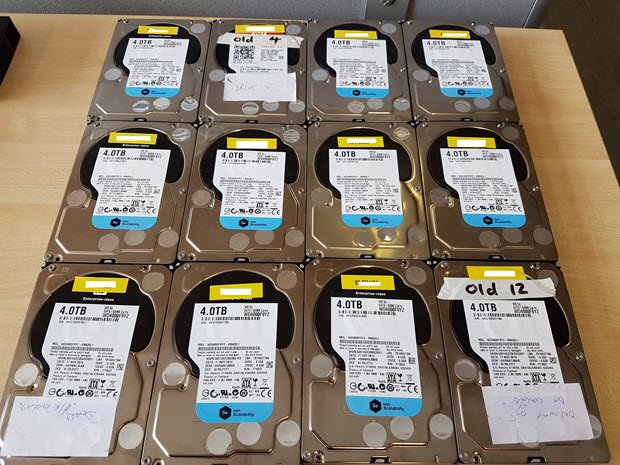The Significance Of RAID’s And An Example Of How R3 Deals With Them
First of all a RAID provides a different kind of stability than a singular external hard drive can, mainly in factors such as reliability, availability, performance, and capacity. A RAID 1 for example can provide protection against failure of a single physical drive by essentially storing an identical copy of data on a second hard drive in the same array.
A RAID we received this week in the lab had a total number of 12 hard drives housed in a QNAP server (QNAPs Network Attached Storage (NAS) are systems that consist of one or more hard drives that are constantly connected to the internet. The QNAP becomes your backup “hub”, or storage unit that stores all your vital files and media such as photos, videos and music).
The arrangement of the drives and their respective image drives was handled speedily and precisely by everyone involved here at R3 Data Recovery.
This allowed the process of cloning the drives to begin swiftly. When attempting to recover a RAID with this many drives good preparation is important, for things as simple as keeping track of all the drives can become confusing with so much data going to multiple destinations simultaneously.
With singular drives things mentioned previously do no not really come into play. And therefore generally are much simpler tasks to manage. Without divulging into the technicalities of the actual recovery, of which an engineer would be much more suited to explain, in this case and example the R3 team applied themselves with great competence and the job is well on the way to recovery.

